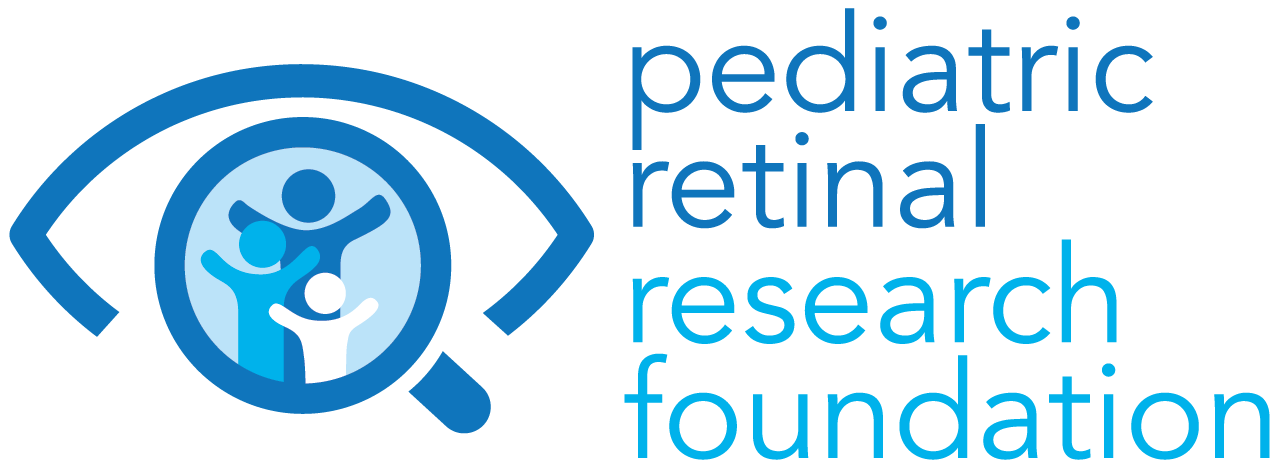Finding Your Advocacy Community: Comparing the American Council of the Blind (ACB) and the National Federation of the Blind (NFB)
By Jeanne McClellan
There are two primary advocacy and service organizations available to persons with blindness or vision impairments. They are the American Council of the Blind (ACB), and the National Federation of the Blind (NFB). However, these two organizations, while similarly related in spirit, have significantly different approaches and philosophies.
In fact, the ACB is a splinter group that defected from the NFB in 1961 due to disagreements among NFB members and parliamentary rules being implemented. Here’s a review of each and how they differ.
Differing Missions
The opening paragraph at the NFB website is as follows:
“Welcome to the Movement. We advance the lives of our members and all blind people in the United States. The National Federation of the Blind knows that blindness is not the characteristic that defines you or your future. Every day we raise the expectations of blind people, because low expectations create obstacles between blind people and our dreams. Our collective power, determination, and diversity achieve the aspirations of all blind people.”
The Mission Statement of the ACB is to increase the independence, security, equality of opportunity, and quality of life for all blind and visually impaired people.
Varied Services
The services offered to members at the NFB and the ACB vary considerably. ACB has an 800-number available every day of the year, including the Washington Connection, and provides ACB Radio to bring information to blind people all over the world.
NFB’s free services cover the national job bank and are otherwise associated mainly with people attending the national convention, hotel subsidies and a hospitality room with readily available food.
Opposing Views on Guide Dogs
NFB is loath to accept — and may even resist — having guide dogs accompany their partners who attend orientation centers. The NFB centers also believe that students should be taught to perform the tasks connected with independent living skills under sleep shades because their vision may not remain stable, thus requiring them to behave as totally blind individuals.
Meanwhile, ACB recognizes that, though learning good orientation and mobility skills is an absolute necessity, people may retain their guide dogs as their chief means of mobility. The ACB philosophy also accepts the idea that people with low vision need to be taught how to use their remaining sight advantageously.
Conflicting Advocacy Positions
The NFB works to promulgate its philosophy by educating and recruiting new members, working to educate the general public, and interacting with legislators and policy makers at the local, state, and national levels. The positions of the NFB on issues are determined by its national convention, which meets annually and typically has between 2,500 and 3,000 delegates from the organization's affiliates in the fifty states, the District of Columbia, and Puerto Rico.
One illustration of their different advocacy positions is when, a number of years ago, the California chapter of the ACB (CCB) sued the Bay Area Rapid Transit (BART) to have detectable warnings placed at the edges of the platforms so that people using white canes could enter and leave trains safely. Ten blind people had been among the many who had fallen onto BART tracks before this action was taken, but the NFB joined with BART to oppose it. NFB insisted that people who had successfully completed orientation and mobility training would not need this accommodation, and providing it was a waste of money. The organization also maintained that the presence of the textured edges constituted a daily reminder to prospective employers and to the society in general of the inabilities of blind people. The CCB suit was successful, but both organizations remained committed to the attitudes that fostered the expenditure of huge amounts of time and money.
Decide for Yourself
I was once active in the CCB but am not affiliated with any ACB chapter at present. I encourage you to explore both organizations and discover which if either interests you for advocacy efforts, meeting with blind or visually impaired folks, and just getting involved with a blind community.
Anyone who is interested in learning more about these two organizations should look for them at acb.org or nfb.org on the web.
References:
About the Author:
Jeanne McClellan was born and raised in Royal Oak, Michigan, earned a master's degree in psychology, and worked for approximately 30 years as a counselor and social worker until she retired in 2009.

